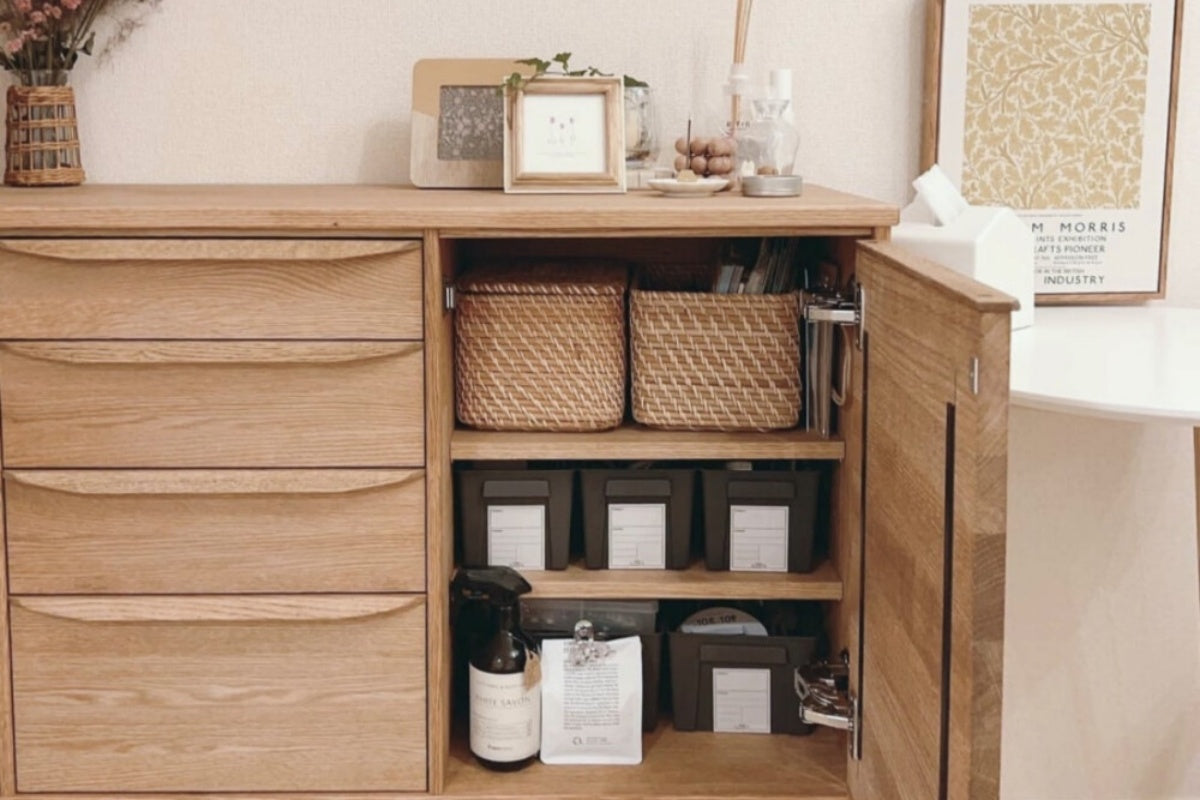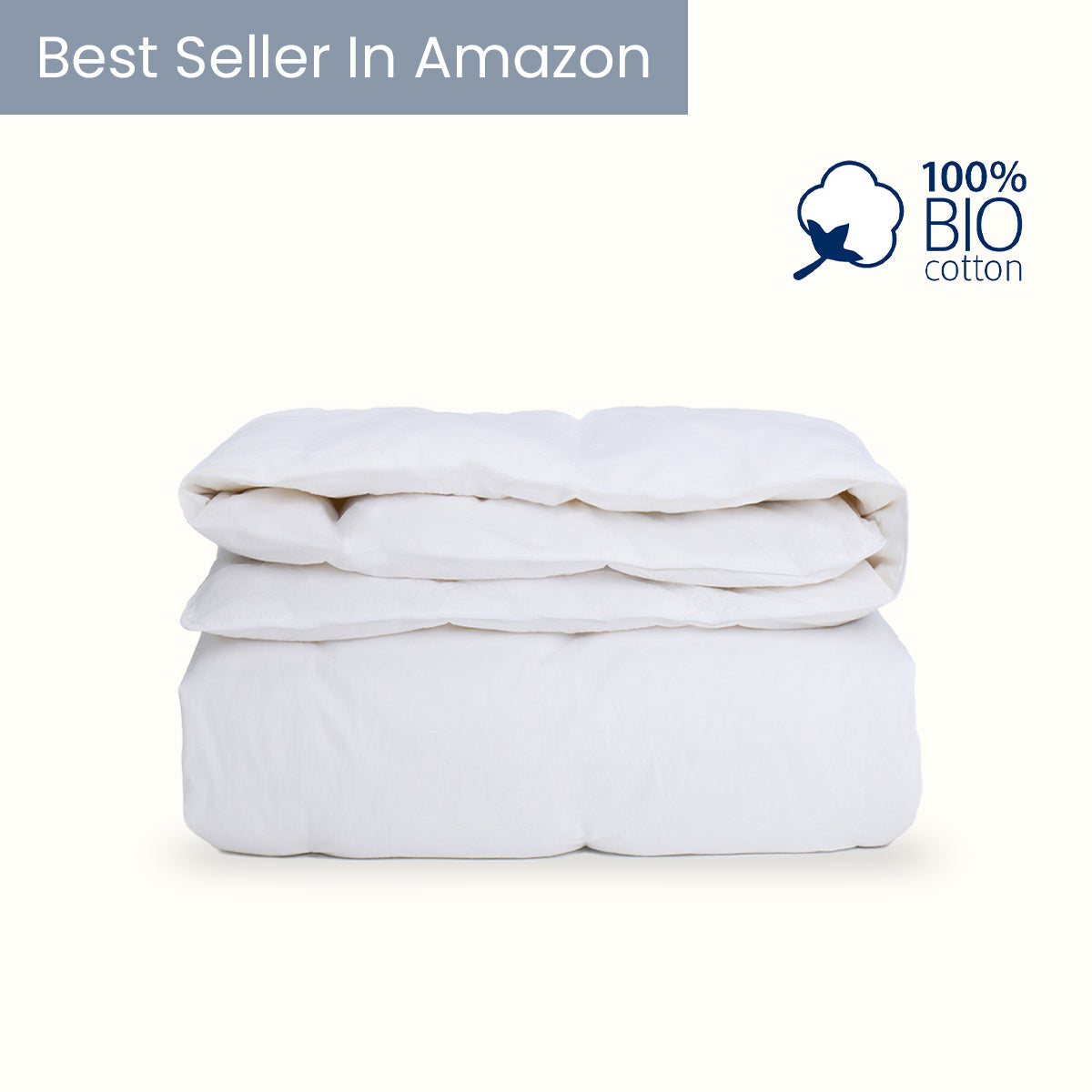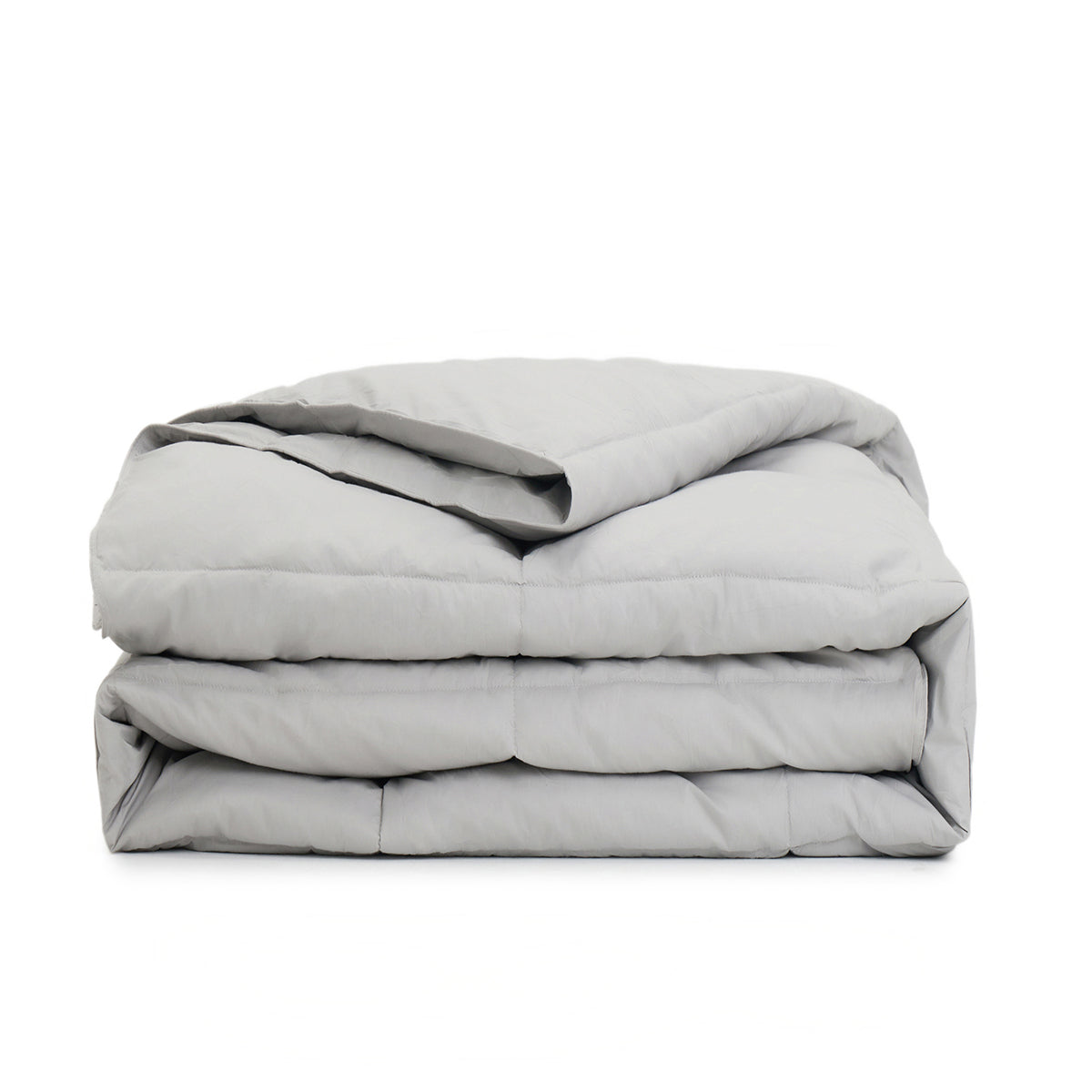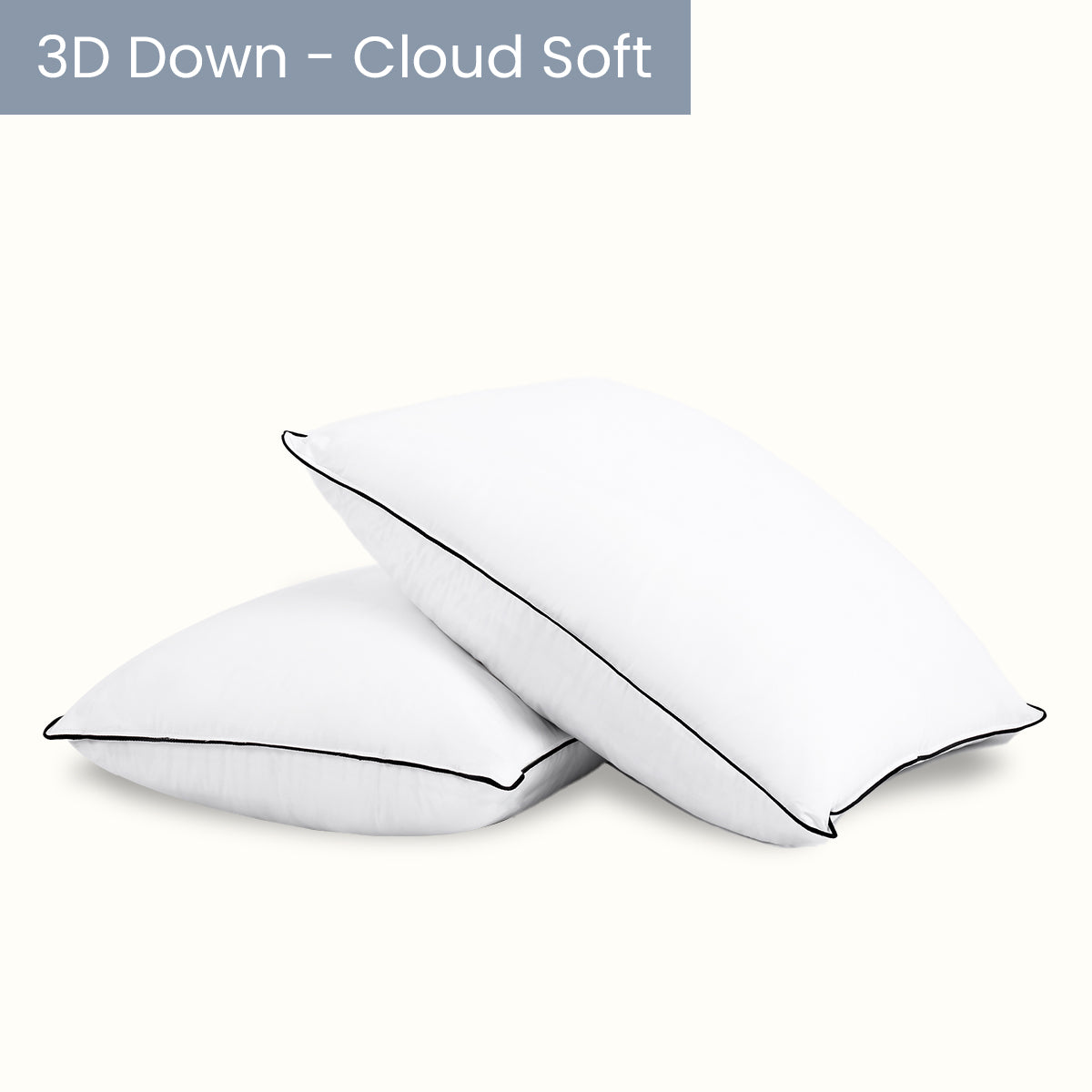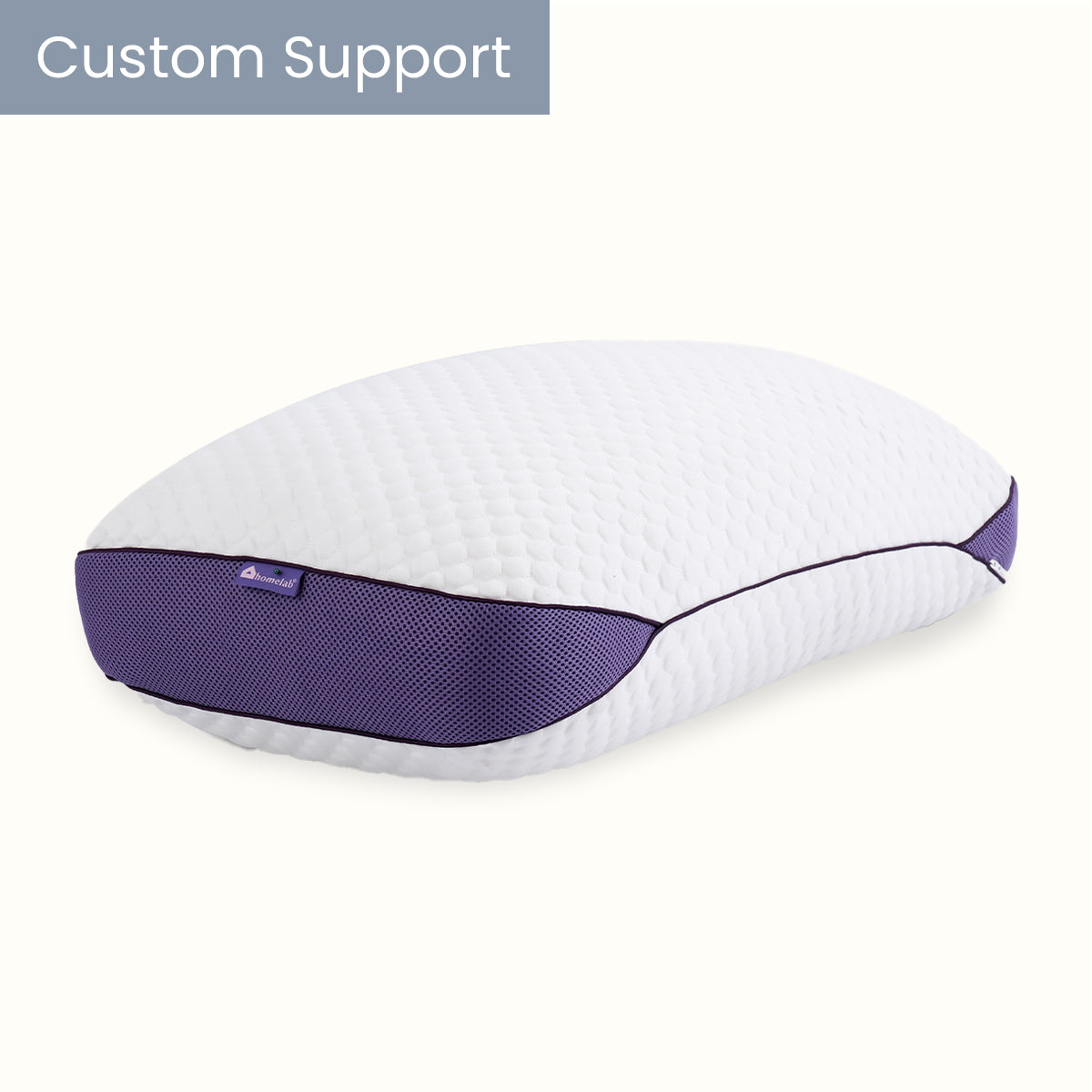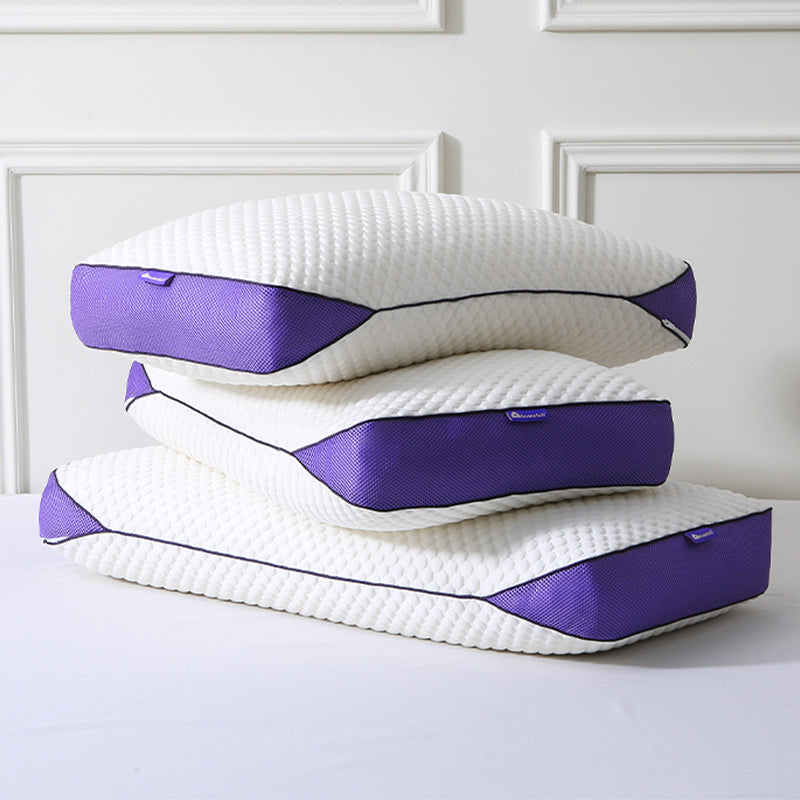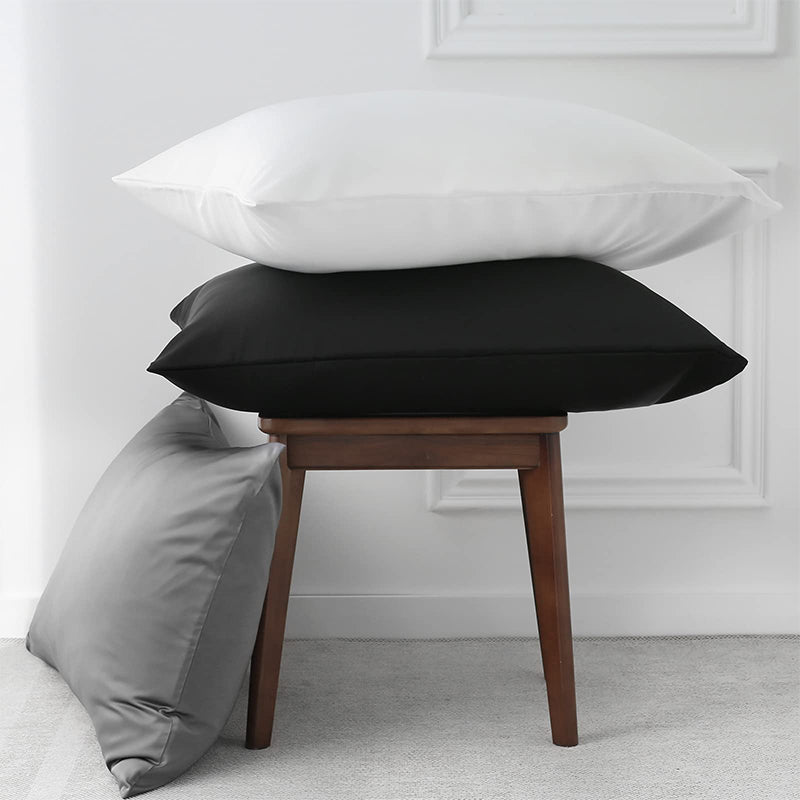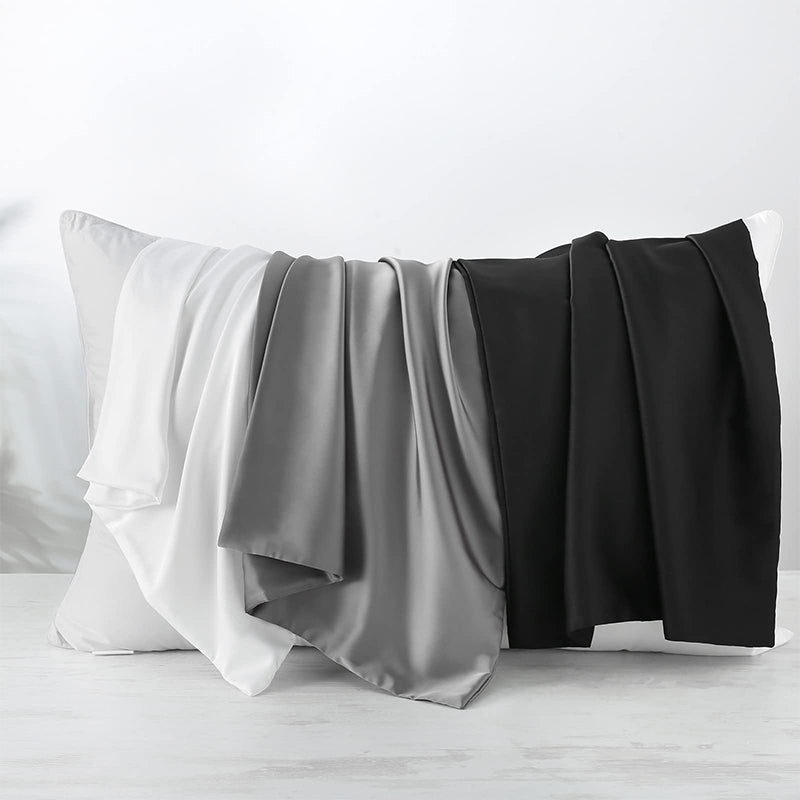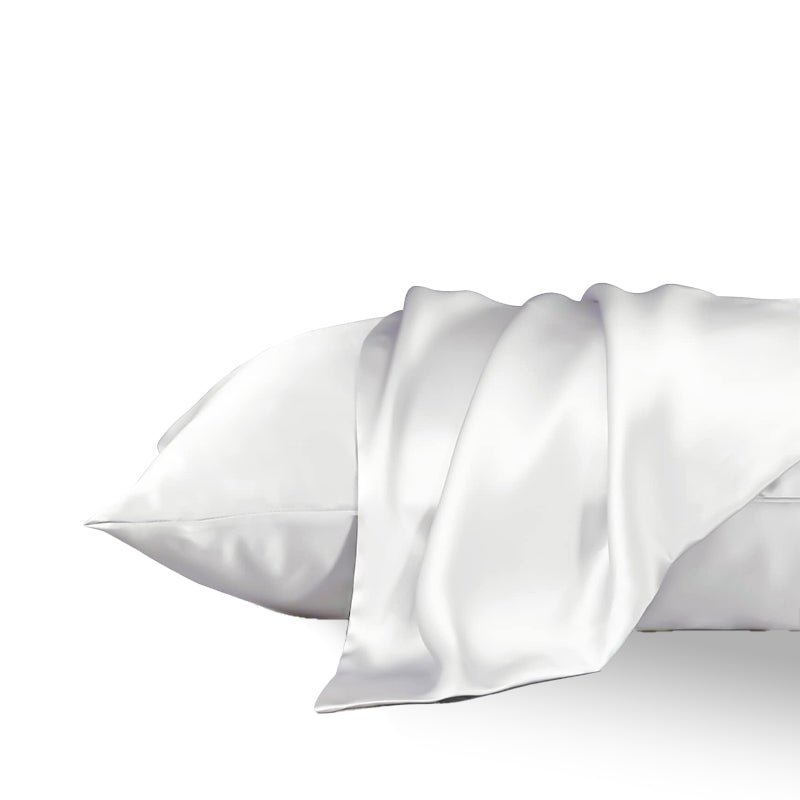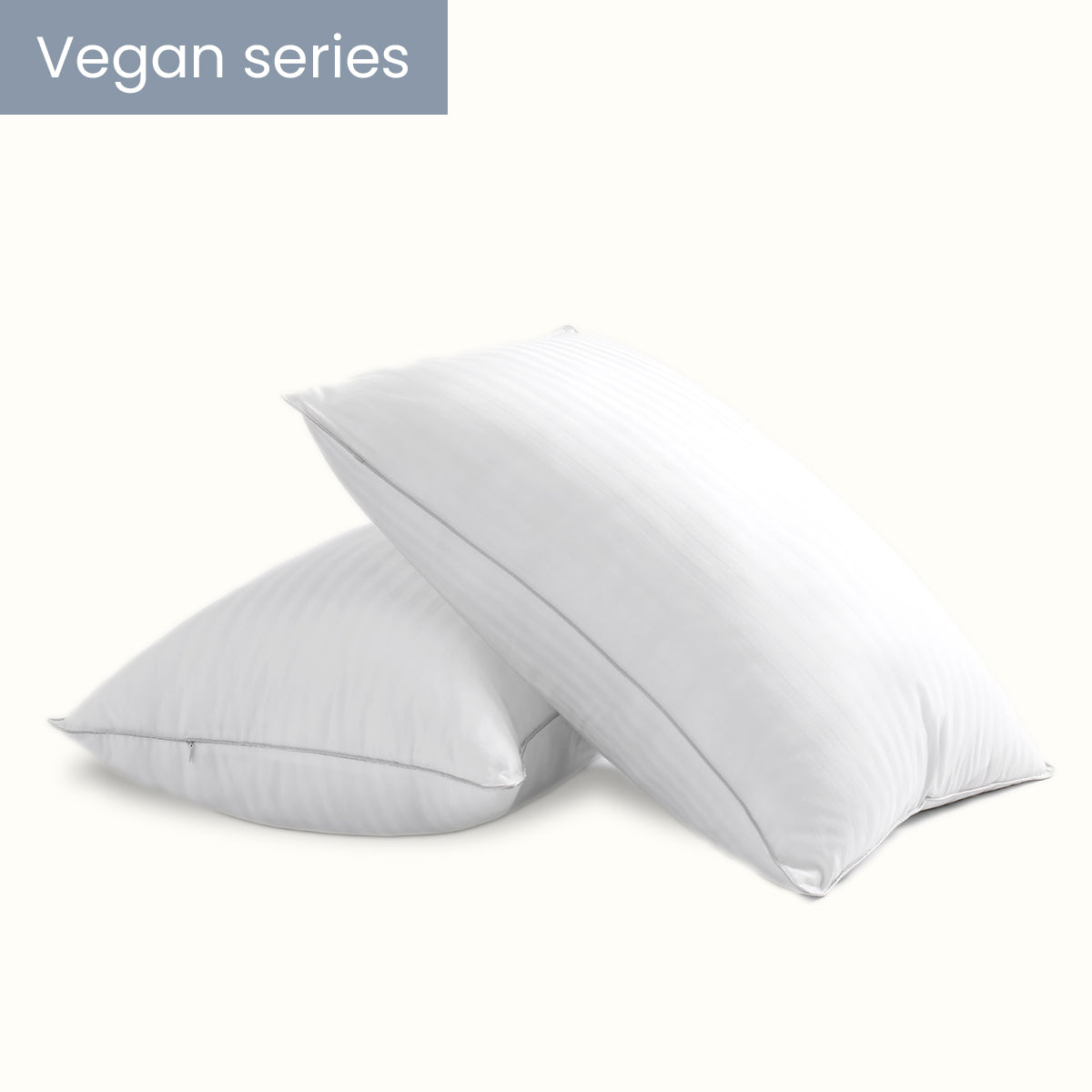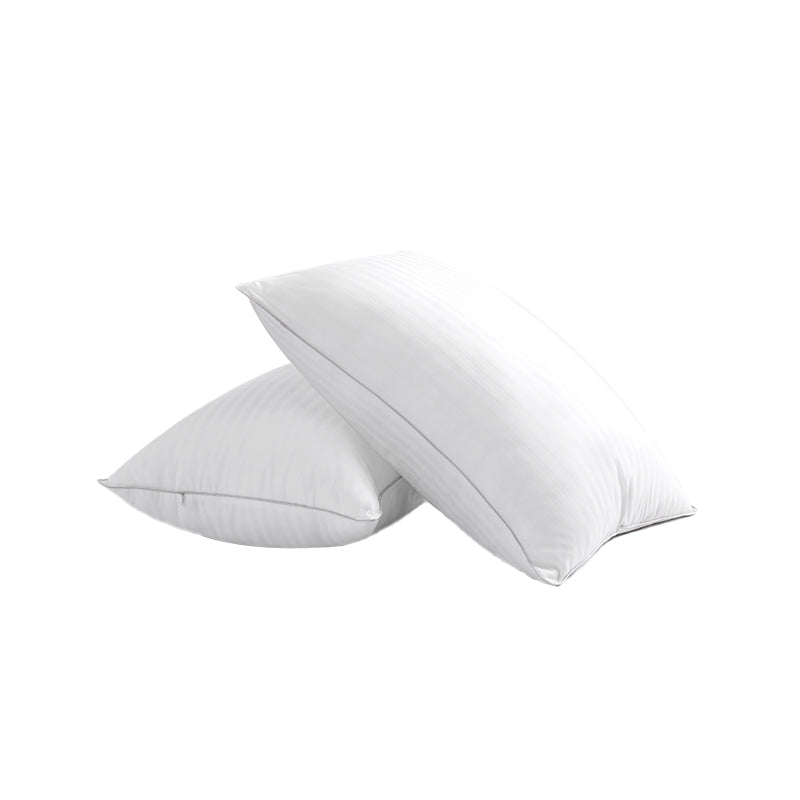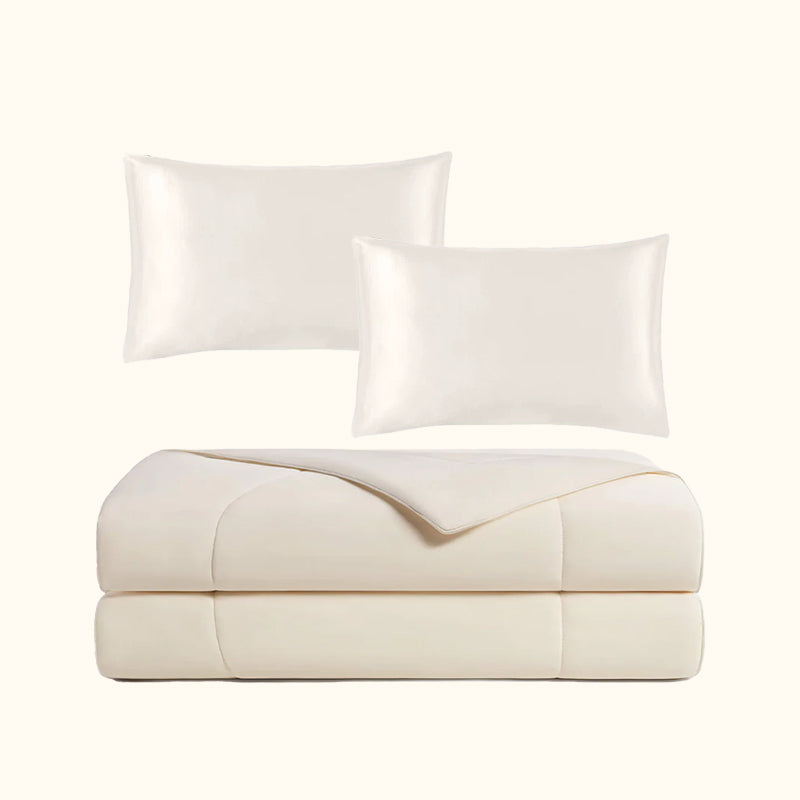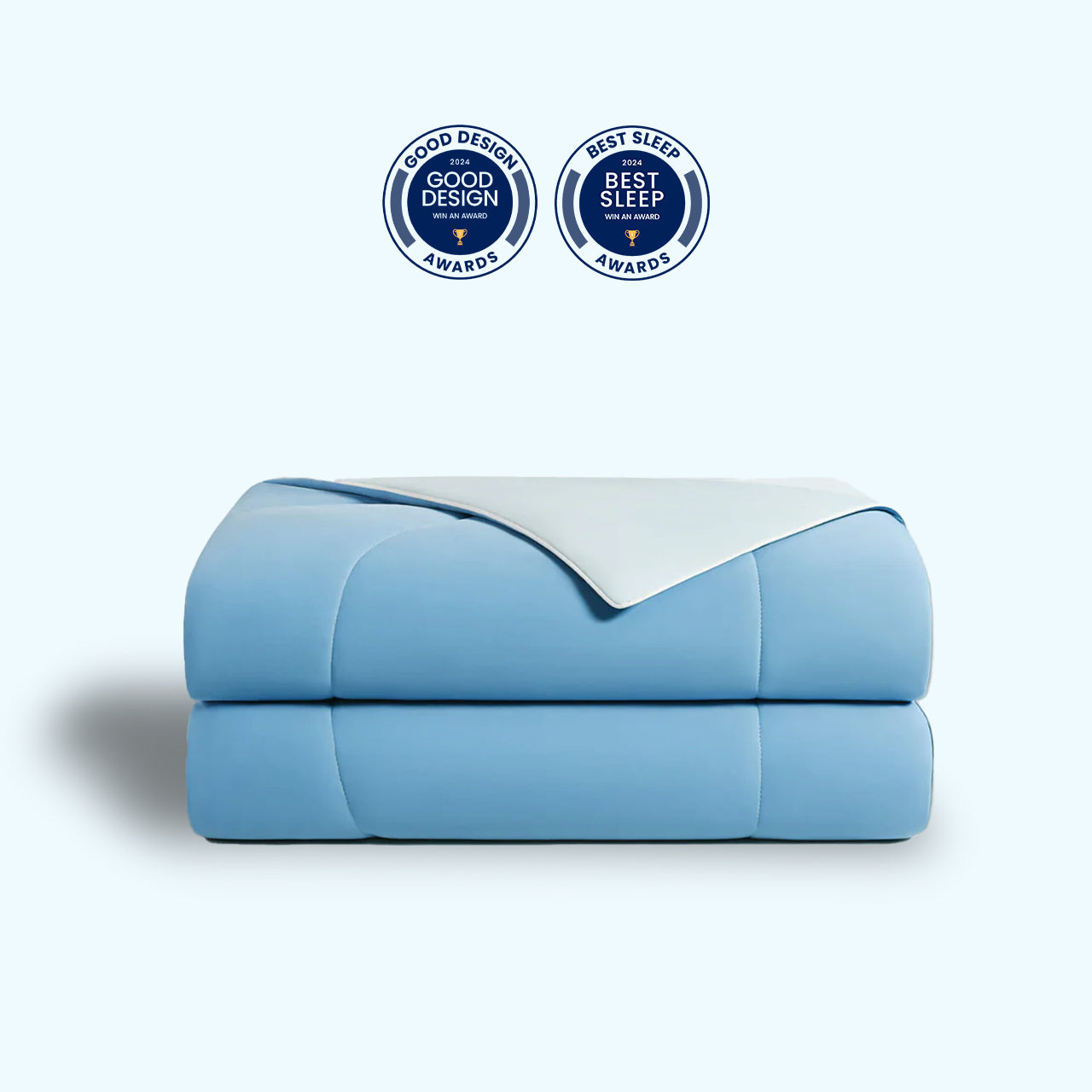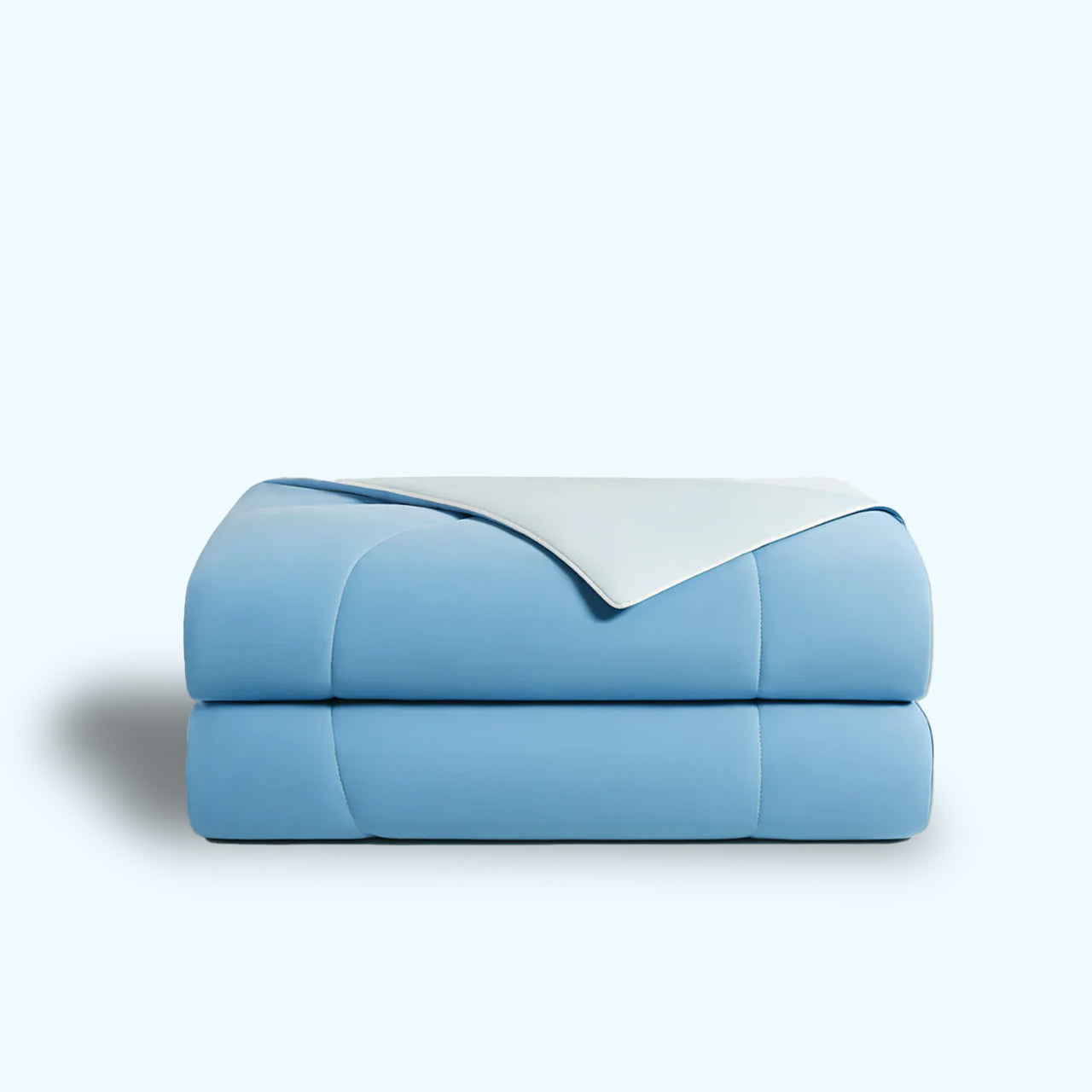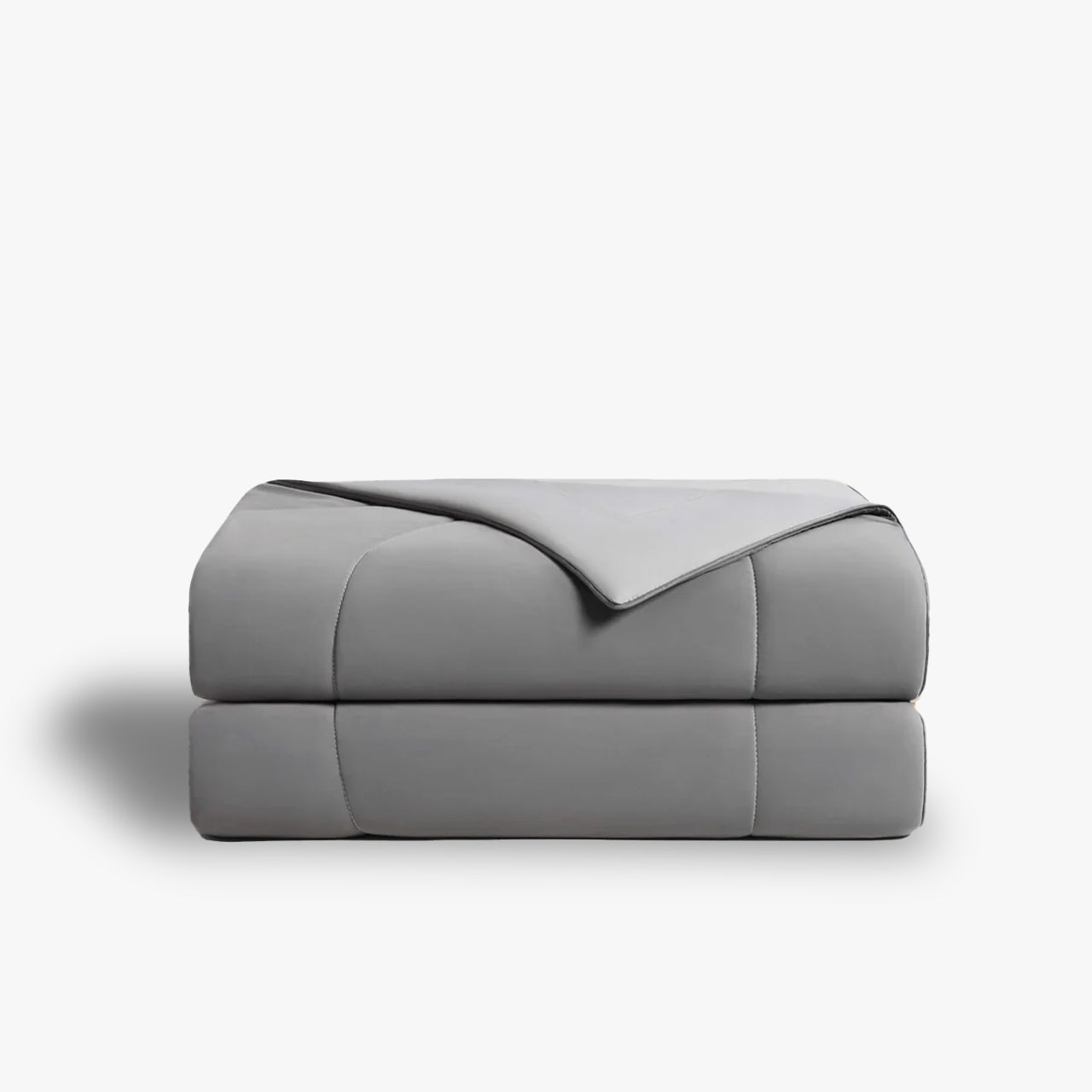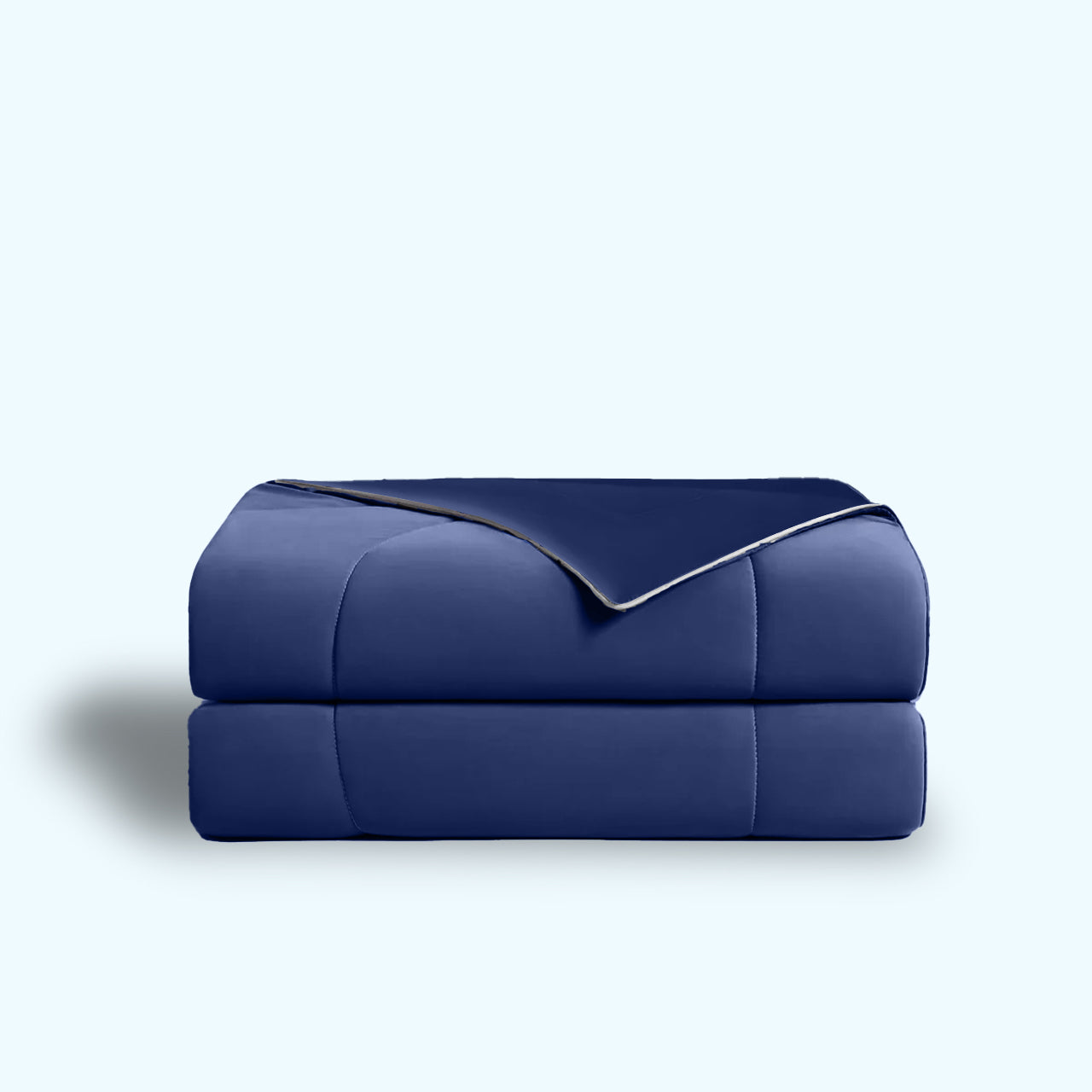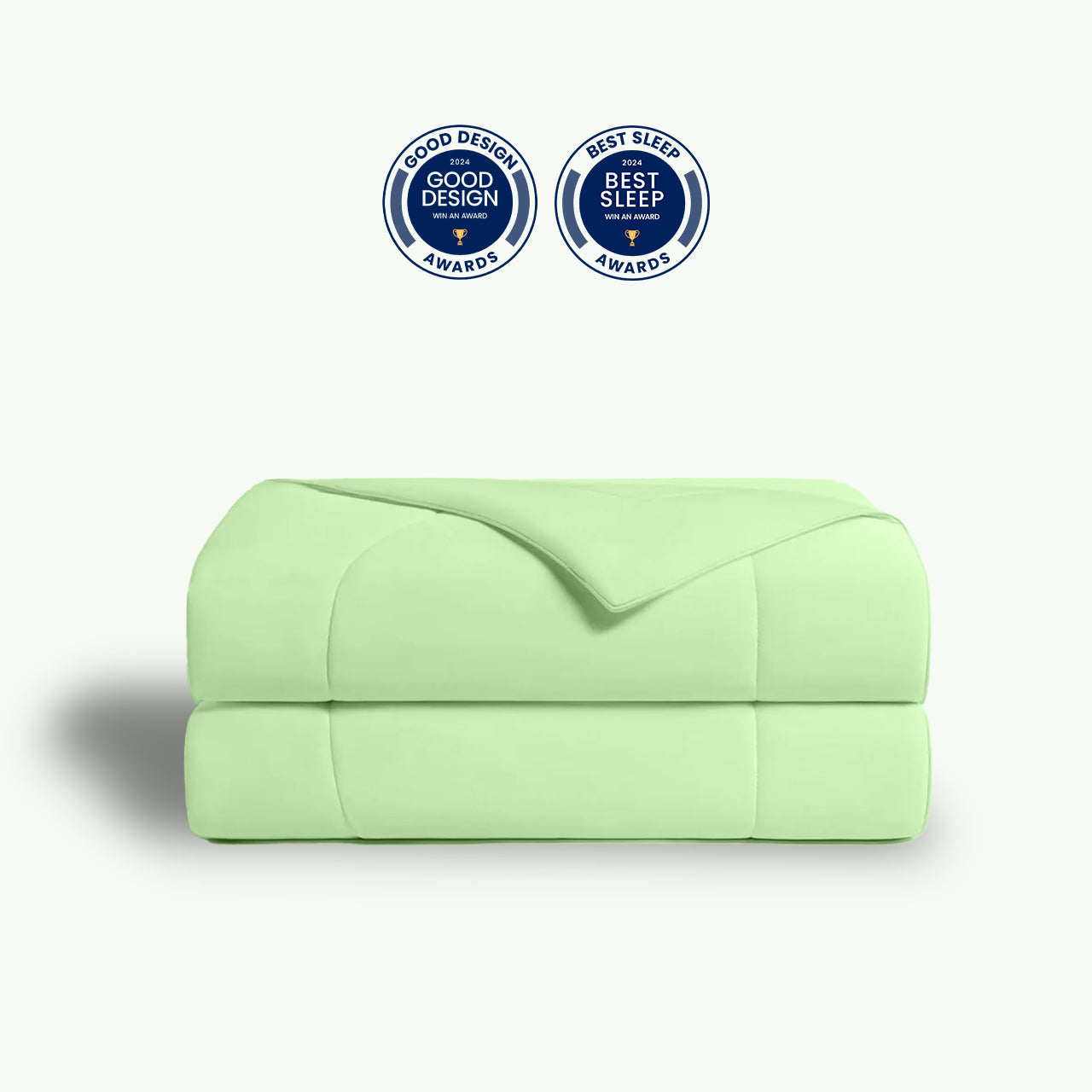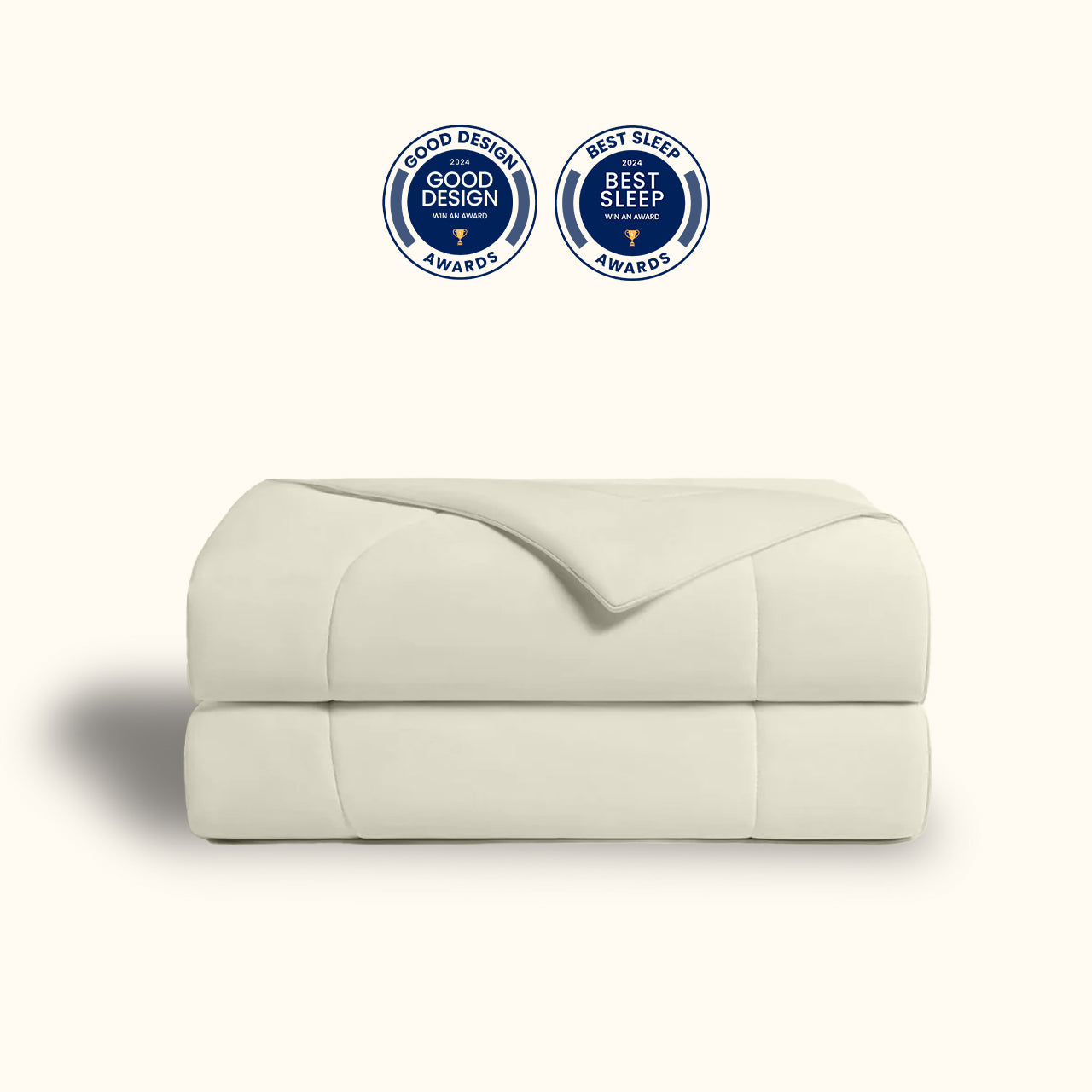Cleaning

Before using or storing your comforter, separate the cover from the insert and clean them separately. Cleaning methods depend on the material:
• Down comforters and porous fiber comforters can be washed, but they don’t need frequent cleaning. Aim for professional dry cleaning once every 3–5 years.
• Wool comforters must never be washed—they’ll shrink and lose shape. Always take them to a professional dry cleaner.
• Cotton comforters should be aired out and dried regularly—give them a good shake occasionally. Never wash them! If yellow stains appear, it means bacteria or pests have moved in; it’s best to replace it.
Drying

Proper drying helps comforters stay fresh, fluffy, and free of bacteria and pests. This makes them more comfortable to use and easier to store long-term. But drying isn’t just about cranking up the heat or leaving them out all day—moderation is key.
• Timing and heat: For most comforters, 2–3 hours of drying (either in gentle sunlight or with a dryer on low heat) is enough. For cotton comforters, this helps the fibers expand properly. Over-drying or using high heat too often can shorten cotton fibers, making them brittle and prone to falling out.
• Special care for delicate types: Down, wool, and silk comforters can’t handle high heat or intense sunlight—extreme heat can warp them, and it may cause oils in down or wool to turn rancid, creating a bad smell. A 1-hour air dry in a well-ventilated area (no direct heat) works best for these.
• Skip the beating: Never whack or shake comforters aggressively. Cotton fibers are short and fragile—beating turns them into dust. Synthetic fiber comforters have longer fibers that can clump and lose shape if roughed up. Down comforters will have their feathers break into tiny bits, which reduces warmth. Instead, gently brush off surface dust after drying.
Storage

After cleaning and drying, lightweight comforters are ready for storage. Focus on keeping them dry, dust-free, and protected from pests and mold.
• Use the right containers: Save the original storage bag that came with your comforter—it’s eco-friendly and perfect. If you don’t have it, a vacuum-seal bag works too: just place the fully dry comforter inside, pump out the air, and it will compress to save space while blocking dust and moisture. Pro tip: White comforter covers shouldn’t go at the bottom or top of a stack—tuck them between light-colored covers instead!
Key Prep Before Storage: Dry Thoroughly
No matter the material, always remove all moisture from your comforter before storing it. A dry comforter won’t grow mold or develop mildew smells while in storage.
• Sunny days: The cheapest way is to air-dry in gentle sunlight for 3 hours around noon. Sunlight’s UV rays naturally kill bacteria and reduce moisture.
• Rainy/cloudy days: Use a dryer on low heat or air-dry in a shaded, well-ventilated area to get rid of moisture effectively.
• Heads up: Silk, down, and wool comforters can’t take high heat or intense sun. Dry them in mild sunlight or shaded, breezy spots instead!
Material-Specific Drying Guidelines
• Cotton and linen comforters (natural cellulose fibers) handle heat better than protein-based fibers but shouldn’t be dried in direct heat for more than 4 hours.
• Polyester or acrylic comforters are more heat-resistant and can handle up to 5 hours of gentle sun drying.
Mothballs: Use With Caution
Not all comforters need mothballs or insect repellents:
• Silk comforters: Silk naturally resists pests, so repellents will stain it yellow and damage its proteins. Skip them entirely!
• Synthetic fiber comforters: They rarely attract bugs, so mothballs aren’t necessary.
• Cotton or down comforters: If using mothballs, wrap them in tissue or cheesecloth first—direct contact will yellow the fibers.
Storage Methods by Material
• Silk comforters: Use breathable fabric bags
Silk is a natural material that needs to “breathe.” Use a breathable, dust-proof bag—never vacuum-seal or use airtight plastic bags (trapped moisture causes mold and yellowing). Store in a dry, airy spot, and don’t pile heavy items on top.
◦ Pro tips: Use a comforter cover to keep the silk insert clean. Keep silk comforters away from mothballs or desiccants. New silk comforters with a mild silkworm scent? Hang them in a cool, breezy spot to air out.
• Down comforters: Use dust-proof bags or storage bins
Down has a fluffy, 3D structure—long-term vacuum compression flattens it, making it hard to regain its loft. Fold it and use a breathable dust bag or sturdy storage bin instead of airtight plastic (trapped oils from down can create a bad smell). Store in a dry, well-ventilated area to prevent mold.
• Wool comforters: Compress if needed, but fight moisture
Wool is durable, warm, and can be washed/dried, but it soaks up moisture easily (and moisture gets trapped when folded). Wool comforters can be vacuum-sealed for storage, but make sure they’re completely flat when packing. Add desiccant packs to absorb excess moisture.
• Cotton comforters: Vacuum-seal is fine, but keep them dry
Cotton comforters are sturdy but hate dampness (moist cotton grows bacteria). They’re not picky about storage—use regular bags or vacuum-seal to save space. Always add desiccant packs to prevent mold next season. When in use, air them out in mild sunlight (avoid intense heat) regularly.
• Synthetic fiber comforters: Flexible storage
Comforters like nine-hole or seven-hole styles are synthetic and easy to store—vacuum-seal, use dust bags, or plastic bins (just keep them dry). Store in a ventilated, dry spot, and don’t crush them with heavy items (this ruins fiber elasticity and fluffiness).
Storage Tips
1. Dry bedding in shaded areas to avoid damage from direct sunlight or high heat.
2. Use desiccants sparingly—too many can make fabrics stiff or scratchy.
3. If vacuum-sealing, don’t over-compress—this damages fiber structures.
4. Store all bedding in dry, airy spots. Avoid heavy weights or long-term hanging (they’ll warp).
5. Choose insect repellents carefully—some can harm fabrics or your health.
Winter’s coming—snuggle up with a warm down comforter to stay cozy all season!

Click here to visit APSmile homepage: Down Duvet|APSMILE


